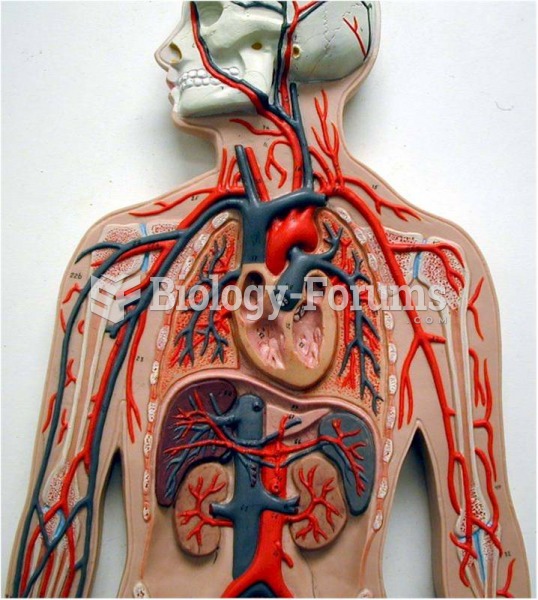|
|
|
The first oncogene was discovered in 1970 and was termed SRC (pronounced "SARK").
Certain chemicals, after ingestion, can be converted by the body into cyanide. Most of these chemicals have been removed from the market, but some old nail polish remover, solvents, and plastics manufacturing solutions can contain these substances.
In 1835 it was discovered that a disease of silkworms known as muscardine could be transferred from one silkworm to another, and was caused by a fungus.
Eating food that has been cooked with poppy seeds may cause you to fail a drug screening test, because the seeds contain enough opiate alkaloids to register as a positive.
Chronic necrotizing aspergillosis has a slowly progressive process that, unlike invasive aspergillosis, does not spread to other organ systems or the blood vessels. It most often affects middle-aged and elderly individuals, spreading to surrounding tissue in the lungs. The disease often does not respond to conventionally successful treatments, and requires individualized therapies in order to keep it from becoming life-threatening.
 A 6-point socket fits the head of a bolt or nut on all sides. A 12-point socket can round off the ...
A 6-point socket fits the head of a bolt or nut on all sides. A 12-point socket can round off the ...
 White steam is usually an indication of a blown (defective) cylinder head gasket that allows engine ...
White steam is usually an indication of a blown (defective) cylinder head gasket that allows engine ...
 Walk around the head of the table to the left side and reach across to perform threecount stroking ...
Walk around the head of the table to the left side and reach across to perform threecount stroking ...




